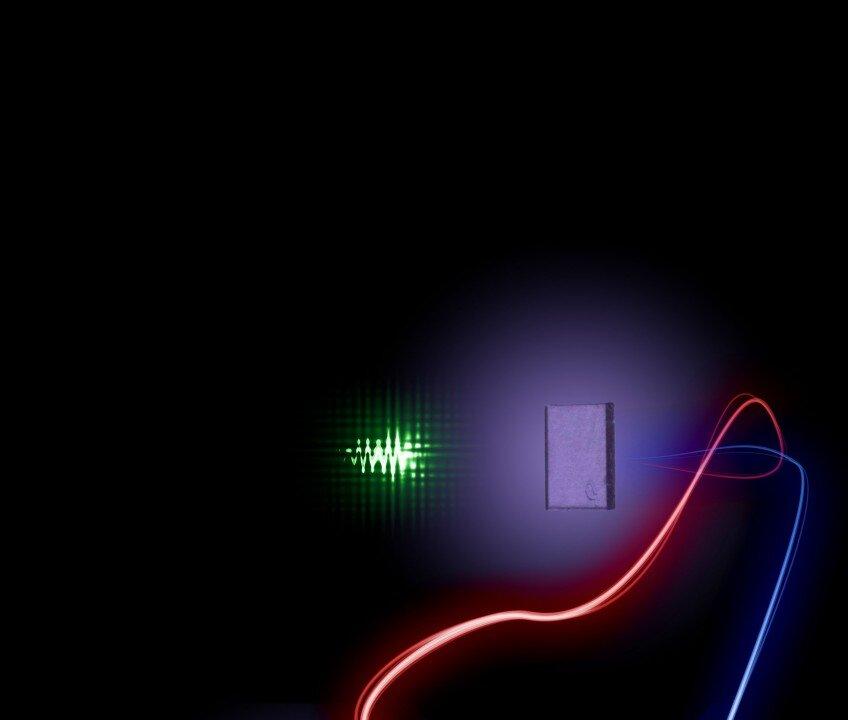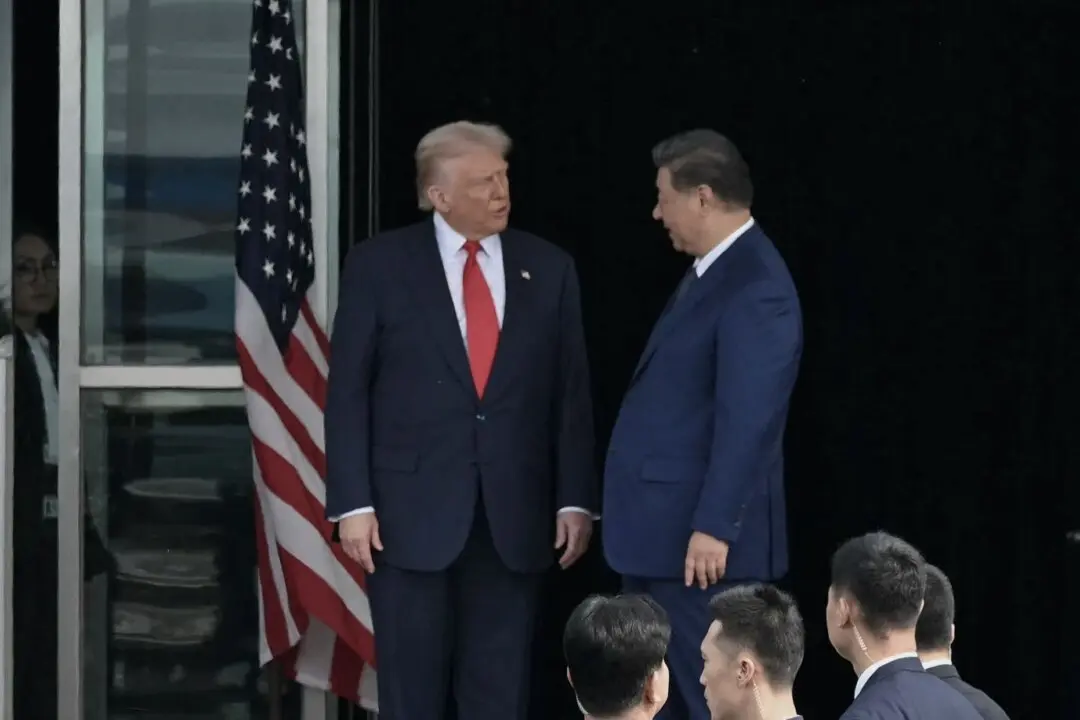Two separate diamonds have been successfully entangled, showing that not only microscopic particles, but also macroscopic objects are subject to the laws of quantum mechanics.
Classic mechanics holds that objects visible to the naked eye move according to set rules in this physical world.
However, based on quantum theory, other rules apply even for large objects. For example, two objects become entangled when connected in a manner that prevents understanding what one object is experiencing without acknowledging the other one.
This concept was referred to by Albert Einstein as “spooky action at a distance,” whereby although the objects are physically separate, factors that affect one also affect the other.
An international team of physicists generated entanglement between two millimeter-sized diamonds at room temperature, forcing them to “share” a photon or light particle, using a technique called ultra-fast pump probe spectroscopy.
In a commentary accompanying the study, physicist L. M. Duan discusses the possibility of many further quantum operations being performed on solids, even at room temperature, and their impact on quantum information applications.
“These results provide a striking example that entanglement is not particular to microscopic particles, but can manifest itself in the macroscopic world, where it could be used in future studies that make fundamental tests of quantum mechanics,” Duan wrote in his paper.
Both papers were published in the Dec. 2 issue of the journal Science.







